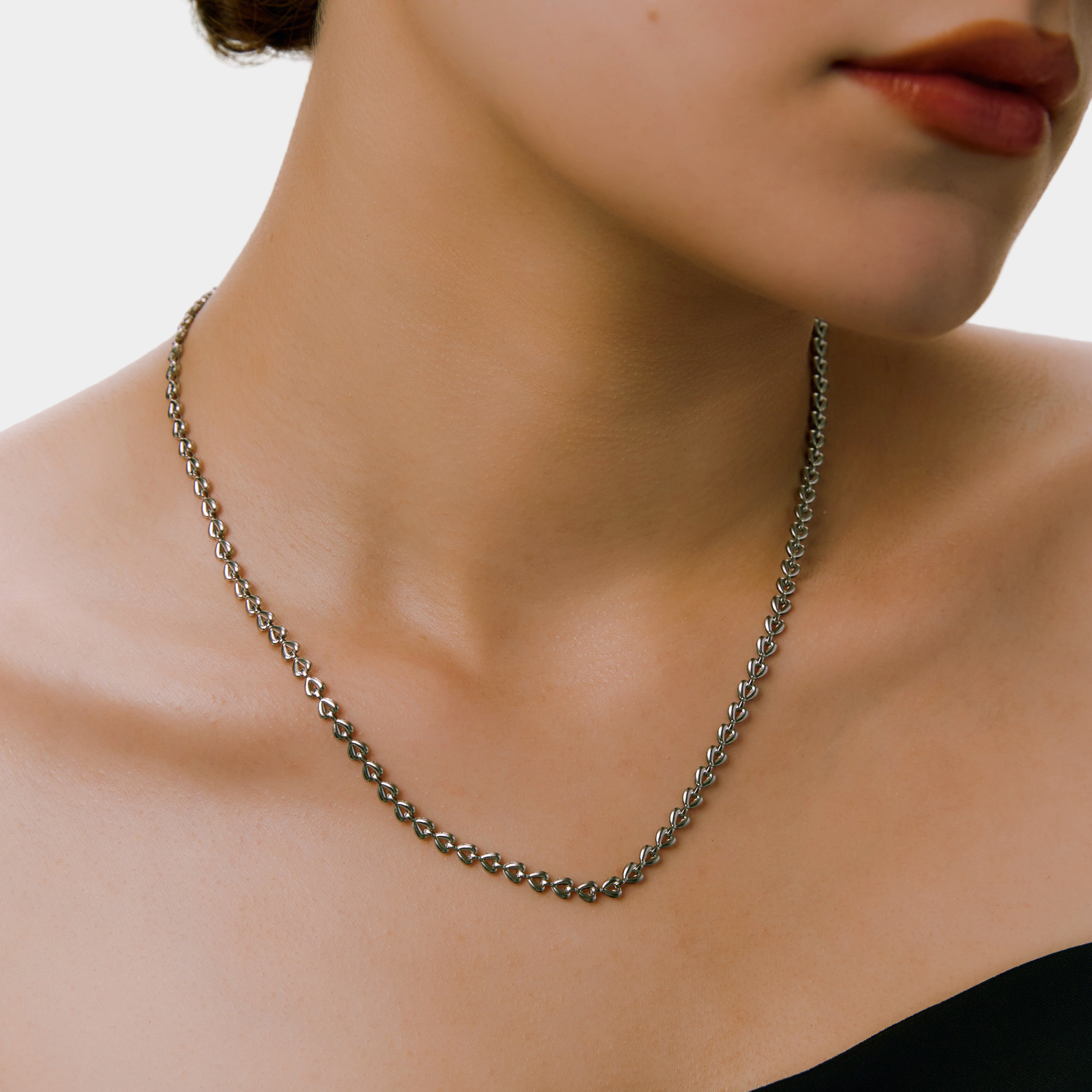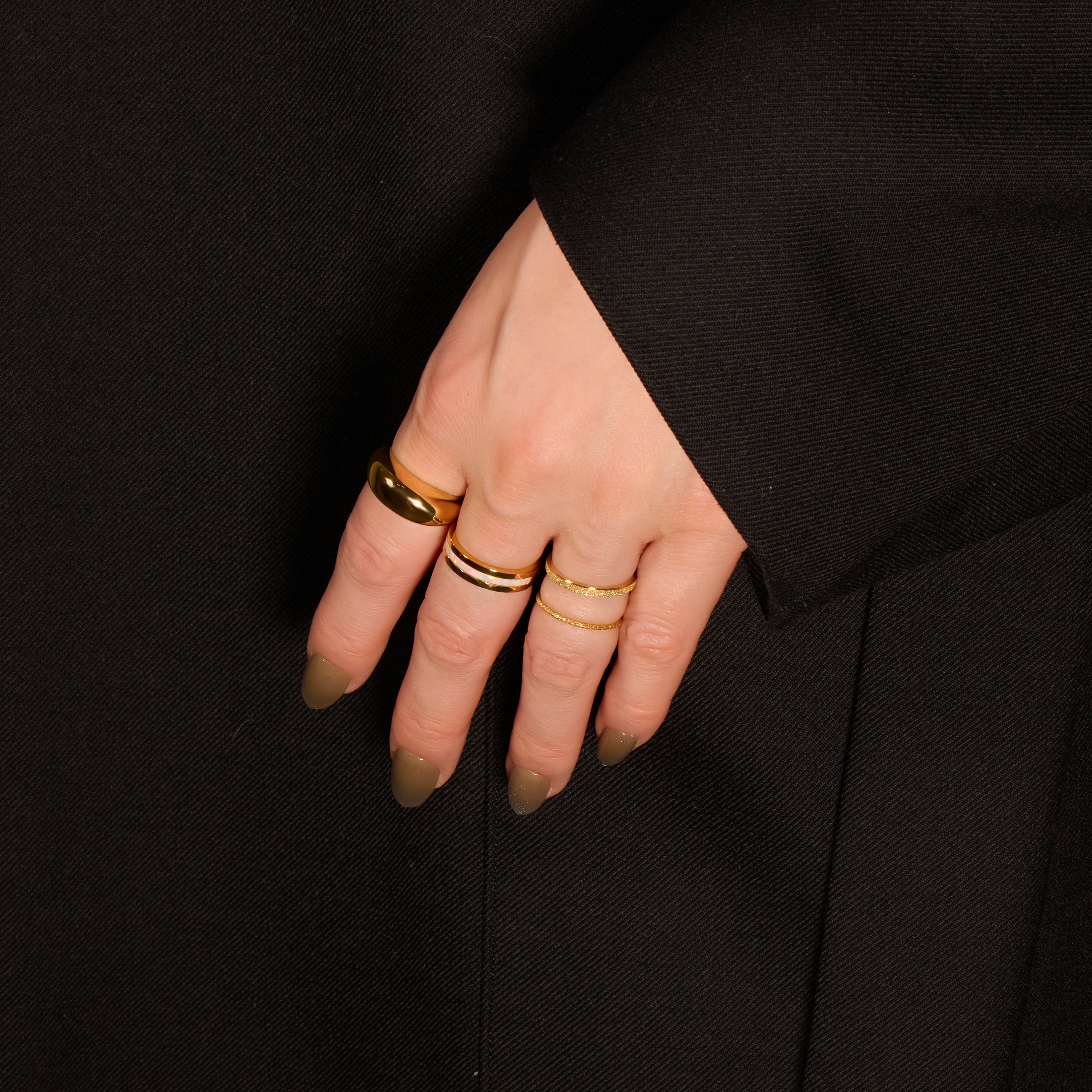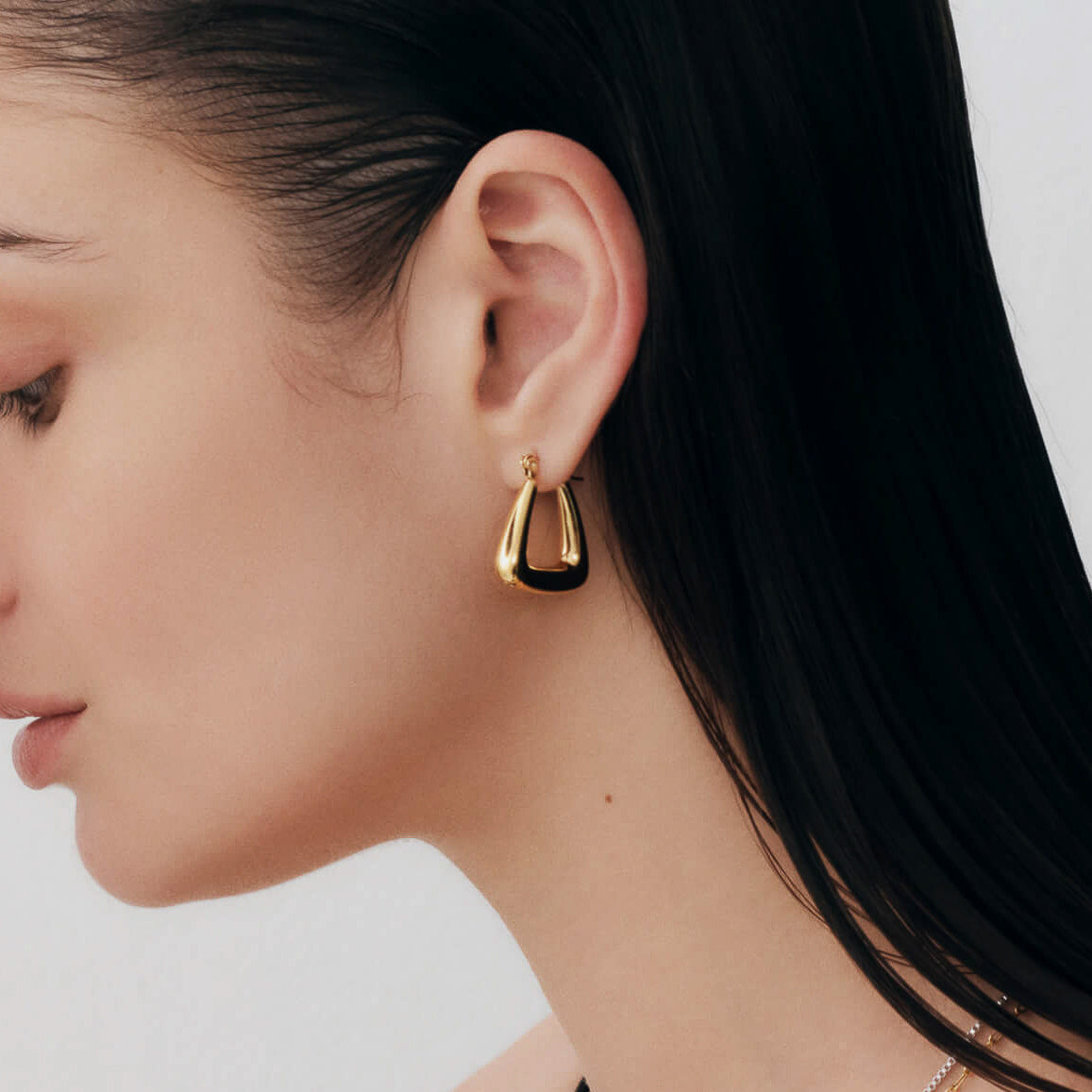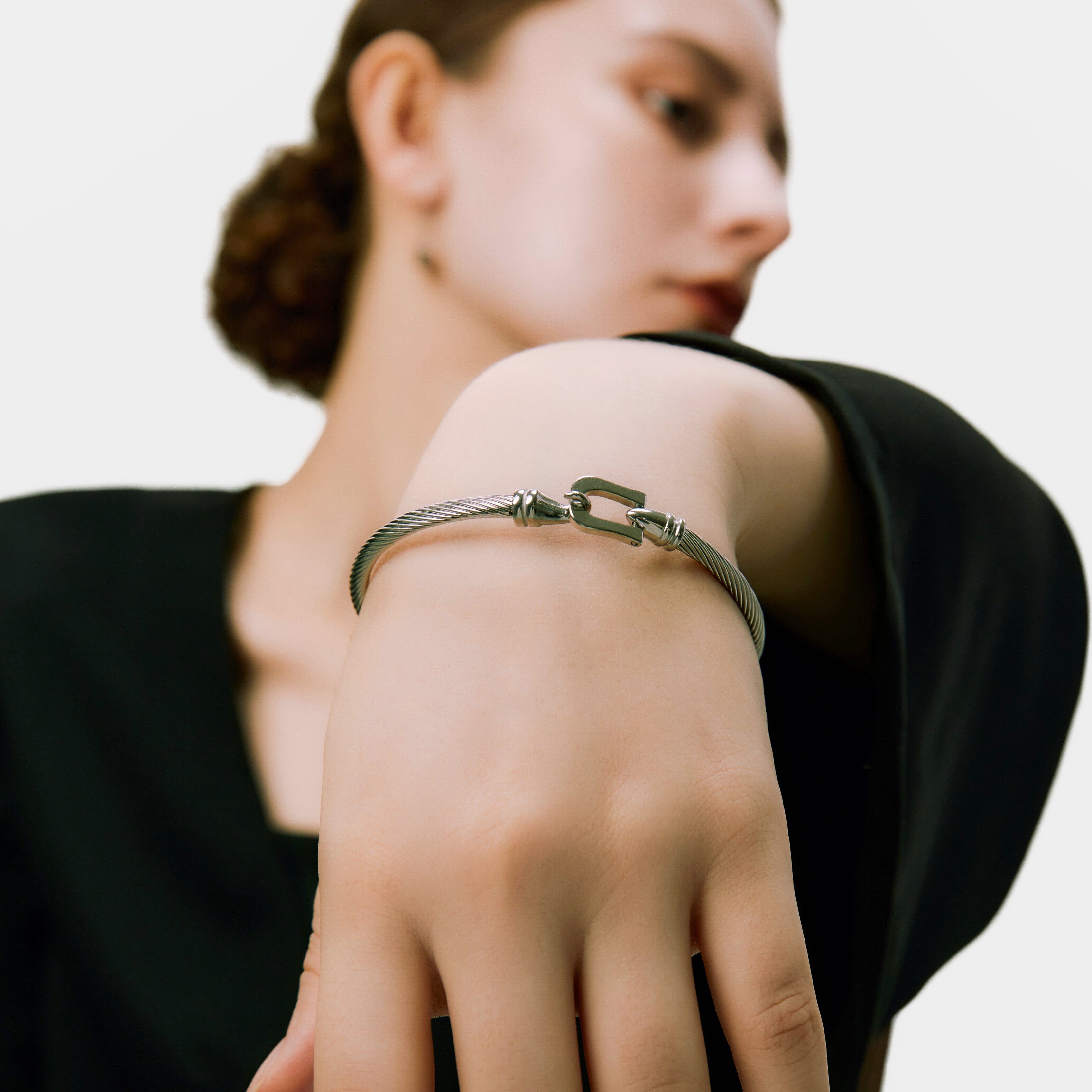Nickel-free
Nickel is often found in many metal products, but is also known as one of the major causes of metal allergies . In Japan, public institutions such as dermatology societies and the Ministry of Health, Labor and Welfare have issued warnings. As a result, the idea of "nickel-free" has been gaining attention. Here, we will take a closer look at the benefits of nickel-free products and how to choose them, based on Japanese literature.
1. Nickel-free basics
1-1. What is nickel-free?
Nickel-free refers to processing or alloys that contain as little nickel as possible, or below the safety standard level, in accessories and metal products. In Japan, the Stainless Steel Products Industry Association and the Japanese Dermatological Association also suggest that metals containing nickel may cause allergies.
1-2. Why is nickel a problem?
Nickel allergy is said to have a particularly large number of patients among all metal allergies, and is reported to be on the rise in Japan as a major cause of contact dermatitis . Nickel dissolves through sweat and sebum, and becomes an allergen when it binds with proteins in the body, causing symptoms such as itching and rashes.
Why nickel-free?
Approximately 30% of Japanese women may have metal allergies.
From a survey by the Japanese Dermatological AssociationNo. 1 in the ranking of substances that cause metal allergies
Data released by the Ministry of Health, Labor and WelfareSymptoms improved after switching to nickel-free products
From clinical research resultsMechanism that causes allergies
Metal ion elution
Nickel dissolves as metal ions due to sweat and sebum.
Entry into the body
The dissolved metal ions enter the body through the skin.
Allergic reactions
It binds to proteins in the body and causes an allergic reaction.
*From the Japanese Dermatological Association's "Metal Allergy Treatment Guidelines"
2. Nickel-free benefits
2-1. Relief of allergy symptoms
Using materials that are nickel-free or contain very low amounts of nickel significantly reduces the risk of nickel allergies . The Japanese Dermatological Association has also reported cases where symptoms have been alleviated by switching to nickel-free materials.
2-2. Preventing rough skin and itching
Even if you wear jewelry for long periods of time, nickel-free materials can help reduce the burden on your skin and may help prevent skin problems such as itching and eczema to some extent.
2-3. Achieving both high gloss and durability
In recent years, with the development of advanced technologies such as surgical stainless steel and PVD coating , there are an increasing number of accessories that achieve high luster and durability without nickel. In Japan, manufacturers are also increasingly developing products with reference to the EU Nickel Directive.
3. Japanese Regulations and Reference Information
3-1. Domestic standards and guidelines
The Ministry of Health, Labor and Welfare also provides information on metal allergies as part of its measures against allergic diseases, but domestic laws regulating nickel content are still limited. The EU's "Nickel Directive" and other standards are global standards, so Japanese companies sometimes refer to them when manufacturing and testing.
3-2. Opinions of dermatological societies
The Japanese Dermatological Association has set up an awareness page on "metal allergies," pointing out that nickel is a common cause. Those who suspect they may have an allergy are recommended to undergo a patch test at a dermatologist, identify the causative metal, and then switch to nickel-free or other skin-friendly materials.
4. How to choose nickel-free accessories
4-1. Check the display and distributor information
There are many different labels such as "nickel-free" and "nickel-free," but the content and manufacturing process may not be clear. It is best to choose a trusted brand or a manufacturer that publishes the test results of testing agencies.
4-2. Testing the actual usage experience
If you have severe allergic symptoms, please use the product for a short period of time under the supervision of a dermatologist or perform a patch test.
4-3. Compatibility with other materials and coatings
If the base material is a metal that originally has a low nickel content, such as 316L stainless steel (surgical stainless steel) or titanium, there is less risk even if the coating peels off, so it is recommended.
5. Q&A: Frequently Asked Questions
Q1. Is nickel-free absolutely safe?
A1. As allergies vary from person to person, we cannot guarantee that the product will not cause 100% allergies . There are also cases where people react to metals other than nickel (such as cobalt and chromium). If you experience any abnormalities, discontinue use immediately and consult a medical specialist.
Q2. Are nickel-free products made in Japan of good quality?
A2. Many Japanese companies refer to the EU's "Nickel Directive" and have relatively strict quality control. However, each brand and manufacturer has its own standards, so be sure to check the labeling and explanations on the official website.
Q3. Can you accommodate metal allergies other than nickel?
A3. Some people may have allergic reactions to other metals such as silver, gold, palladium, etc. The most reliable way is to identify the metal causing the allergy through patch testing and then choose materials that do not contain it.
6. Summary
Nickel-free is one of the metal allergy countermeasures that is attracting attention in Japan. Since nickel is frequently found as a major allergen, the demand for nickel-free materials is expected to increase further in the future.
When choosing, it is a good idea to consider products that suit your allergy symptoms and preferences while referring to manufacturer information and dermatologists ' opinions. This is a recommended choice for those who want to enjoy accessories comfortably, regardless of whether they have allergies or not.







